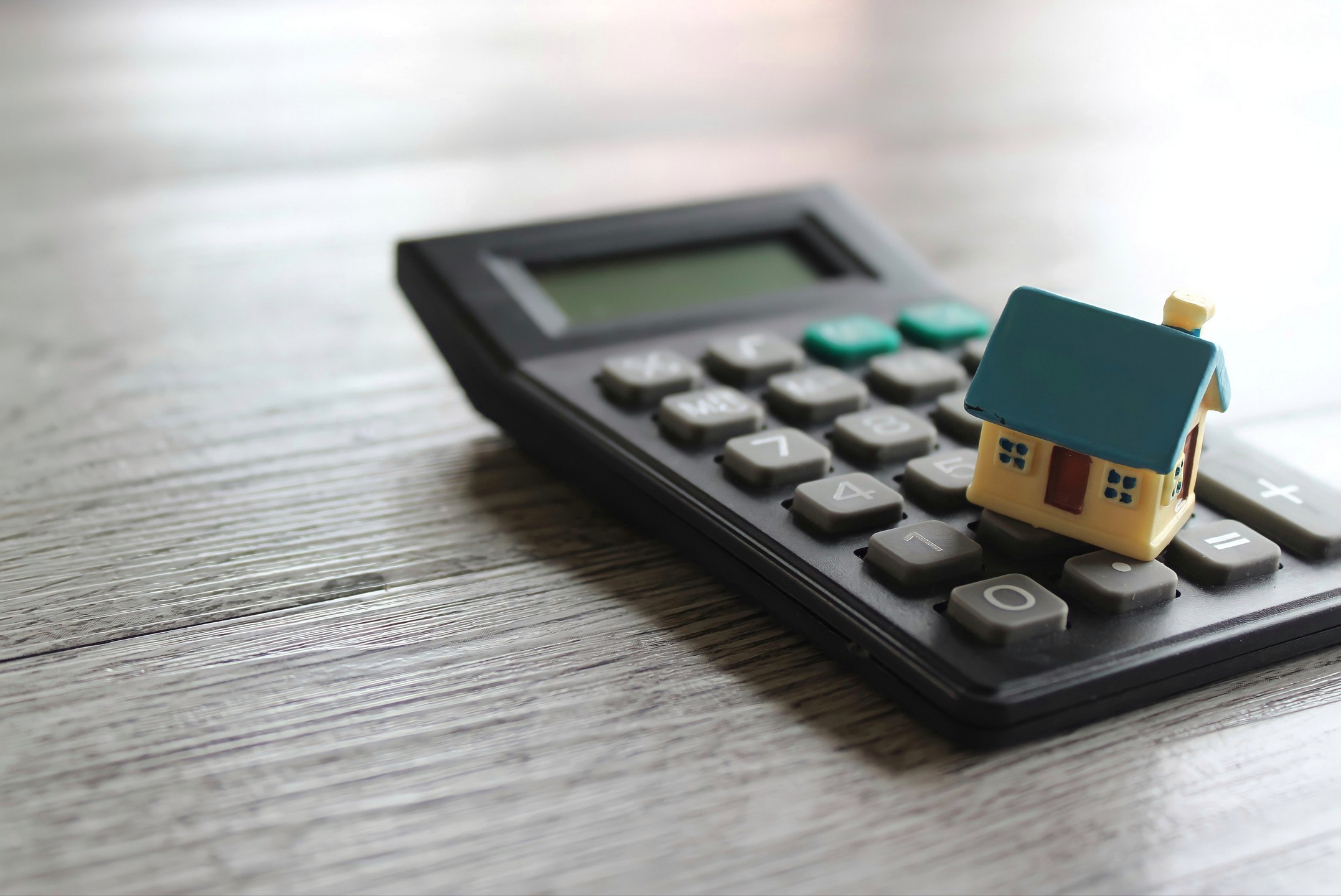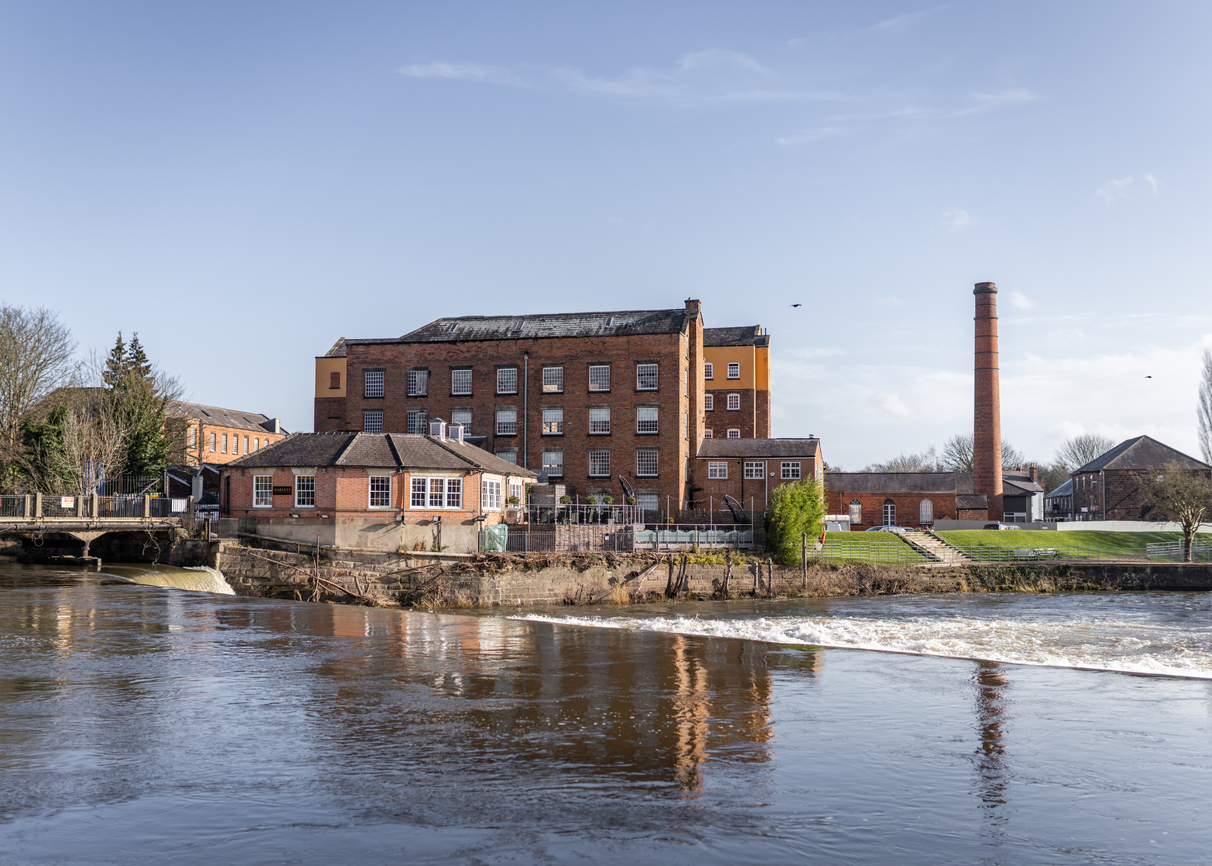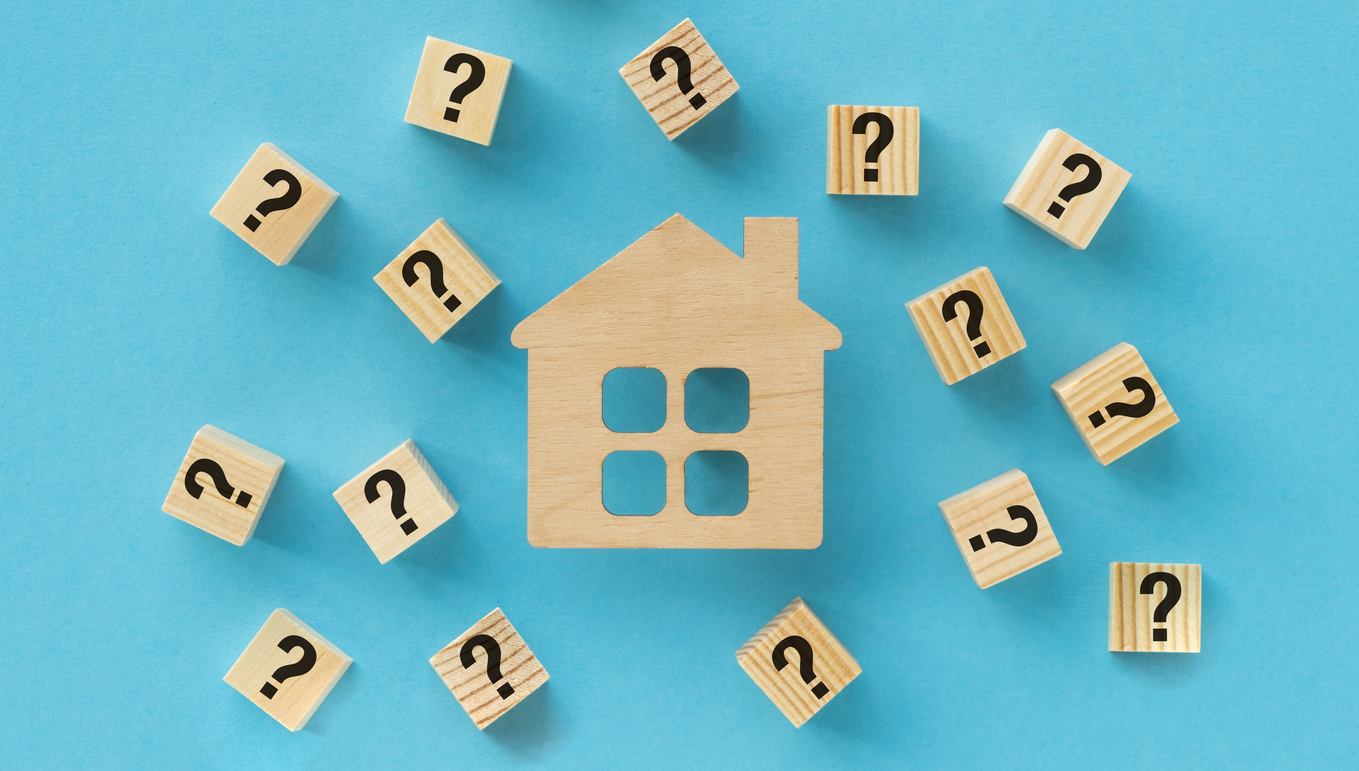Introduction to What Is Rental Yield?
If you’re involved in property investment, one of the most important questions you’ll need to answer is what is rental yield and why it matters. Rental yield is a crucial metric that helps buy-to-let investors assess the income potential of a property relative to its cost. Without a solid understanding of rental yield, it’s difficult to make informed decisions about where and what to invest in.
In this article, we’ll explore what is rental yield in detail, how to calculate it, what influences it, and why every buy-to-let investor should pay close attention to it when building a profitable portfolio.
What Is Rental Yield and Why Does It Matter?
At its core, rental yield is the percentage return a landlord earns from rental income in comparison to the value or purchase price of a property. When people ask what is rental yield, they’re usually referring to a simple calculation that helps estimate the profitability of a rental property.
A higher rental yield means a better return on your investment. For buy-to-let investors, especially those using mortgage financing, understanding rental yield is essential to ensure rental income covers costs and generates a profit.
Rental yield is also a helpful comparison tool. By looking at rental yields across different properties or locations, investors can make strategic choices about where to buy, what types of tenants to target, and how much rent to charge.

Gross vs. Net Rental Yield: What Is Rental Yield Really Telling You?
When asking what is rental yield, it’s important to understand the difference between gross and net rental yield.
Gross rental yield is calculated using the total annual rental income divided by the property’s purchase price, expressed as a percentage. It gives you a quick overview of income potential but doesn’t take running costs into account.
Net rental yield provides a more accurate picture, as it subtracts expenses like mortgage interest, maintenance, service charges, and management fees before calculating the yield. This is the figure that most serious investors use when analysing long-term returns.
How to Calculate Rental Yield: A Practical Example
To get a clearer idea of what is rental yield in real terms, let’s look at an example:
If you buy a property for £250,000 and earn £1,500 per month in rent, your annual income is £18,000. The gross rental yield is:
£18,000 ÷ £250,000 × 100 = 7.2%
If your annual costs amount to £5,000, your net rental yield would be:
(£18,000 – £5,000) ÷ £250,000 × 100 = 5.2%
These figures help investors understand whether the property is likely to deliver a worthwhile return or whether it might become a financial drain.
What Is Rental Yield Influenced By? Key Factors to Consider
When exploring what is rental yield, you must consider the various factors that can impact it. Location plays a huge role. Properties in areas with strong rental demand and lower purchase prices tend to offer higher yields.
Other influencing factors include:
- Type and size of property
- Local employment and infrastructure
- Tenant demographics (students, professionals, families)
- Property condition and management costs
- Rental demand and supply in the local area
Different strategies, such as buying in regeneration zones or letting to multiple tenants (HMOs), can also significantly affect rental yields.

What Is Rental Yield Compared to Capital Growth?
When evaluating a property investment, it’s important to understand how rental yield compares to capital growth. While rental yield focuses on the income generated from rent, capital growth refers to the increase in the property’s value over time. Some investors prioritise high rental yields for steady monthly income, while others look for properties in areas expected to rise significantly in value. Ideally, a strong investment will offer a balance of both. However, knowing what is rental yield helps ensure that even if capital growth is slower than expected, the property still delivers a reliable return through rental income.
Conclusion: Why Every Investor Must Understand What Is Rental Yield
So, what is rental yield, and why should buy-to-let investors care? Quite simply, it’s one of the clearest indicators of how well your property is performing. Without understanding rental yield, you’re essentially investing blind.
It allows you to compare opportunities, track performance, and make data-driven decisions. Whether you’re purchasing your first property or expanding a portfolio, getting to grips with what is rental yield will give you a serious advantage in today’s competitive property market.
When planning your next move, always ask yourself: what is the rental yield on this property, and does it meet my investment goals? That question could be the difference between long-term success and an underperforming asset.










